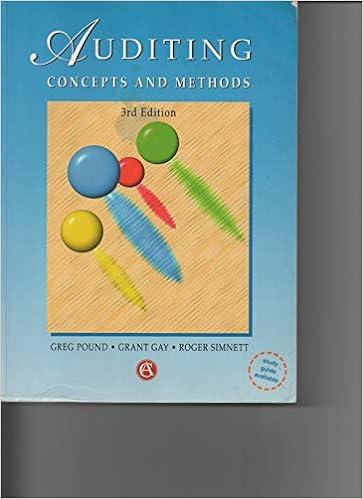
Back in the old days, a railway owned tracks that ran between two small cities. Several farms were located alongside the tracks. The steam engines used in those days sometimes threw off sparks, which would cause crops beside the tracks to catch fire. The specific facts of the situation are as follows: The cost of raising crops in the acreage within range of the sparks was $1500 per year. The market value of the crops grown on land within range of sparks (if there were no fires) was $2000 per year. The engine that pulled the trains between the two towns could be fitted with a device that eliminated spark damage (no matter how many round trips it took) at a cost of $1050 per year. The relationship between the number of round trips scheduled daily by the railway, the costs and revenues of the railway, and the annual amount of spark damage if crops were planted next to the tracks are described in the following table: Total Cost Marginal Cost Total Revenue Marginal Revenue Daily Round Trips 1 2 3 $750 $1500 $2250 $3000 $3750 $750 $750 $750 $750 $750 $1500 $2700 $3600 $4400 $5000 $1500 $1200 $900 $800 $600 Total Crop destruction from trains $300 $600 $850 $1000 $1100 Marginal Crop destruction $300 $300 $250 $150 $100 4 5 2. Now, assume that transaction costs are high enough to prevent bargaining, and that the railway is given legal liability for the crops it damages (that is, it must compensate farmers for the market value of crops that are destroyed by fires). (3) a. How many round trips per day will the railway schedule? Why? Will it purchase the spark reducing device? Why or why not? (3) b. What is the market value of the crops that will be harvested each year (that is, planted and not burned) in the land within range of the sparks? Explain. (3) c. Does this liability arrangement lead to greater social output than the arrangement in question 1? (remember that the addition of the combined railway-farming operation to social output is equal to the combined profits of the farmers and the railway). Back in the old days, a railway owned tracks that ran between two small cities. Several farms were located alongside the tracks. The steam engines used in those days sometimes threw off sparks, which would cause crops beside the tracks to catch fire. The specific facts of the situation are as follows: The cost of raising crops in the acreage within range of the sparks was $1500 per year. The market value of the crops grown on land within range of sparks (if there were no fires) was $2000 per year. The engine that pulled the trains between the two towns could be fitted with a device that eliminated spark damage (no matter how many round trips it took) at a cost of $1050 per year. The relationship between the number of round trips scheduled daily by the railway, the costs and revenues of the railway, and the annual amount of spark damage if crops were planted next to the tracks are described in the following table: Total Cost Marginal Cost Total Revenue Marginal Revenue Daily Round Trips 1 2 3 $750 $1500 $2250 $3000 $3750 $750 $750 $750 $750 $750 $1500 $2700 $3600 $4400 $5000 $1500 $1200 $900 $800 $600 Total Crop destruction from trains $300 $600 $850 $1000 $1100 Marginal Crop destruction $300 $300 $250 $150 $100 4 5 2. Now, assume that transaction costs are high enough to prevent bargaining, and that the railway is given legal liability for the crops it damages (that is, it must compensate farmers for the market value of crops that are destroyed by fires). (3) a. How many round trips per day will the railway schedule? Why? Will it purchase the spark reducing device? Why or why not? (3) b. What is the market value of the crops that will be harvested each year (that is, planted and not burned) in the land within range of the sparks? Explain. (3) c. Does this liability arrangement lead to greater social output than the arrangement in question 1? (remember that the addition of the combined railway-farming operation to social output is equal to the combined profits of the farmers and the railway)







